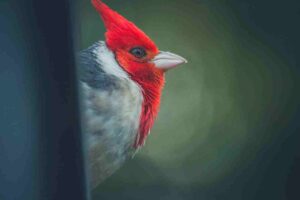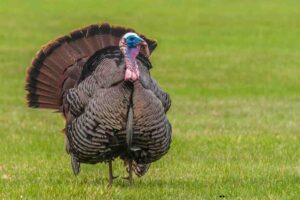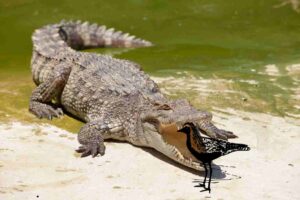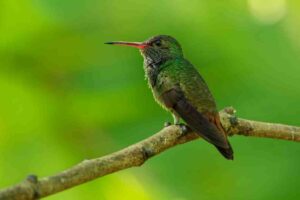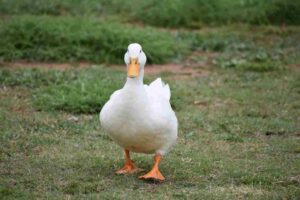Kansas, a state renowned for its vast plains and diverse wildlife, is home to an essential and often misunderstood group of birds: vultures. These scavenging birds play a pivotal role in maintaining the ecosystem’s health by cleaning up carrion and reducing the spread of diseases.
Despite their importance, vultures of Kansas often face misconceptions that obscure their ecological value.
Vultures in Kansas

The vultures of Kansas are primarily represented by two species: the Turkey Vulture (Cathartes aura) and the Black Vulture (Coragyps atratus). These birds are not only fascinating but also crucial to the natural environment. They are often spotted soaring gracefully in the skies, utilizing thermal updrafts to conserve energy during flight.
Vultures are nature’s cleanup crew, feeding exclusively on dead animals. This scavenging behavior helps prevent the spread of diseases like anthrax and rabies, which can arise from decaying carcasses. Kansas, with its agricultural lands and wildlife, provides an ideal habitat for these efficient scavengers.
Explore more info about: How Much Are Cockatoo Birds? Complete Price Guide & Details
Turkey Vulture: Kansas’ Frequent Flyer

The Turkey Vulture is the more common of the two vultures in Kansas. Recognizable by their red, featherless heads and dark plumage, these birds are highly adapted for their role as scavengers. Their keen sense of smell sets them apart from other bird species, allowing them to detect decaying matter from miles away.
In Kansas, Turkey Vultures are often seen gliding effortlessly in the sky. They use their excellent sense of smell to locate carrion, making them indispensable for maintaining the ecological balance. Their featherless heads, a unique adaptation, prevent bacterial contamination while feeding on carcasses.
The Black Vulture: The Lesser-Known Resident
The Black Vulture, although less common in Kansas compared to the Turkey Vulture, is equally significant. These birds have black plumage and a gray, featherless head. Unlike their counterparts, Black Vultures rely more on sight to locate food and often follow Turkey Vultures to scavenging sites.
Black Vultures are highly social birds, often seen in groups. They exhibit cooperative behavior when feeding and are known for their intelligence. Their role in the Kansas ecosystem is just as vital, as they assist in removing decaying matter, which could otherwise pose health risks to humans and animals.
Explore more info about: Will Black Vultures Eat Chimpanzees?
Habitats of Kansas Vultures
The vultures of Kansas thrive in diverse habitats, ranging from open plains to forests and even urban areas. They prefer areas with ample food supply and suitable roosting sites, such as tall trees, cliffs, and abandoned structures.
Kansas’ agricultural landscape provides an abundant food source for vultures. The presence of livestock and wildlife ensures a steady supply of carrion, attracting these scavengers. Additionally, the state’s temperate climate and wide-open spaces make it an ideal environment for vultures to thrive.
Behavior and Adaptations of Vultures
Vultures possess several unique adaptations that make them highly efficient scavengers. Their keen senses of smell and sight enable them to locate food from great distances. Their strong stomach acids allow them to digest decaying flesh and neutralize harmful pathogens, making them immune to diseases that would harm other animals.
In Kansas, vultures are often observed engaging in thermals, or rising air currents, to glide effortlessly across the sky. This energy-efficient flight method allows them to cover vast distances in search of food. Their communal roosting behavior also helps them conserve warmth and maintain social bonds.
The Importance of Vultures in Kansas’ Ecosystem
The ecological role of the vultures of Kansas cannot be overstated. By consuming carrion, they help prevent the spread of diseases and recycle nutrients back into the soil. This natural process supports the health of the ecosystem and benefits other wildlife.
Vultures also reduce the need for human intervention in carcass disposal, saving time and resources. Their scavenging activities minimize the risk of disease outbreaks, making them indispensable to the environment and public health.
Threats to Vultures in Kansas
Despite their importance, vultures face several threats in Kansas. Habitat loss, poisoning, and collisions with vehicles are some of the primary challenges. Additionally, misconceptions about these birds often lead to unnecessary harm.
Poisoning is a significant concern, as vultures can ingest toxins from carcasses treated with harmful substances. Lead poisoning from spent ammunition is another critical issue, as vultures often feed on animals shot by hunters. Raising awareness about these threats is essential for their conservation.
Conservation Efforts for Kansas Vultures
Efforts to protect the vultures of Kansas include habitat preservation, public education, and reducing the use of toxic substances. Conservation organizations work to raise awareness about the ecological importance of vultures and advocate for policies that protect these birds.
Installing vulture-safe roosting sites and promoting the use of non-toxic ammunition are practical steps that can help safeguard their populations. Public participation in conservation efforts is also crucial for ensuring the long-term survival of these essential scavengers.
Misconceptions About Vultures
Vultures are often misunderstood due to their association with death and decay. However, these birds are far from ominous; they are nature’s janitors, performing a vital service that benefits all living beings. Dispelling myths about vultures is key to fostering appreciation for their role in the ecosystem.
How to Spot Vultures in Kansas
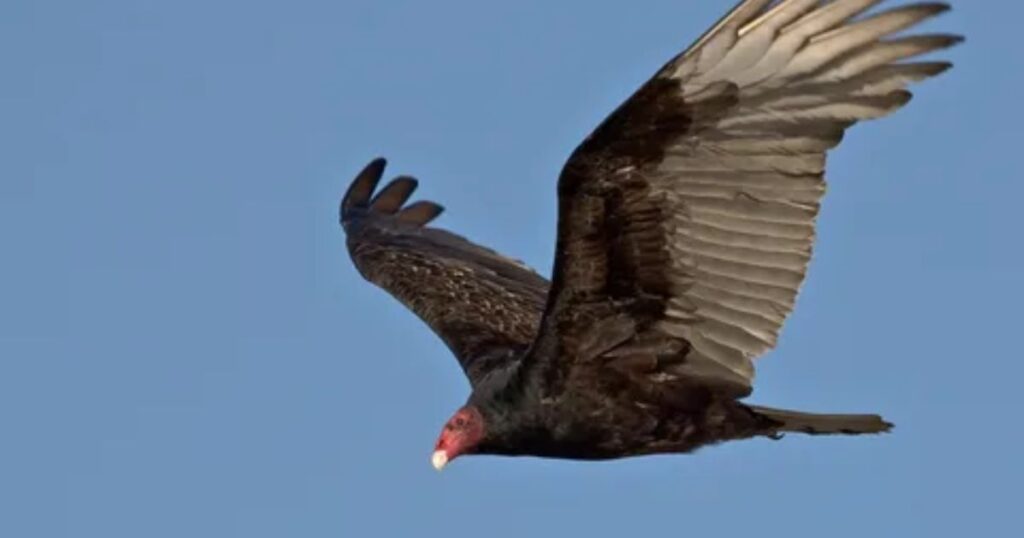
For birdwatchers and nature enthusiasts, spotting vultures in Kansas is a rewarding experience. Look for these birds soaring high in the sky, their broad wings held in a distinctive “V” shape. Early mornings and late afternoons are the best times to observe their communal roosting sites.
Popular birdwatching locations in Kansas include the Flint Hills, Cheyenne Bottoms, and Quivira National Wildlife Refuge. These areas provide excellent opportunities to observe vultures and other wildlife in their natural habitats.
Conclusion
The vultures of Kansas are indispensable members of the ecosystem, providing critical services that maintain environmental health and balance. Despite facing numerous challenges, these birds continue to thrive in the state’s diverse landscapes. Protecting and appreciating vultures is essential for ensuring the well-being of Kansas’ wildlife and human populations.
FAQs About Vultures of Kansas
What species of vultures are found in Kansas?
Kansas is home to two species of vultures: the Turkey Vulture and the Black Vulture.
Why are vultures important to the ecosystem?
Vultures play a crucial role in the ecosystem by consuming carrion, which prevents the spread of diseases and recycles nutrients into the soil.
Where can I see vultures in Kansas?
Vultures can be spotted in areas like the Flint Hills, Cheyenne Bottoms, and Quivira National Wildlife Refuge. Vultures can be spotted in areas like the Flint Hills, Cheyenne Bottoms, and Quivira National Wildlife Refuge.
What threats do vultures face in Kansas?
Vultures face threats such as habitat loss, poisoning, and vehicle collisions.

